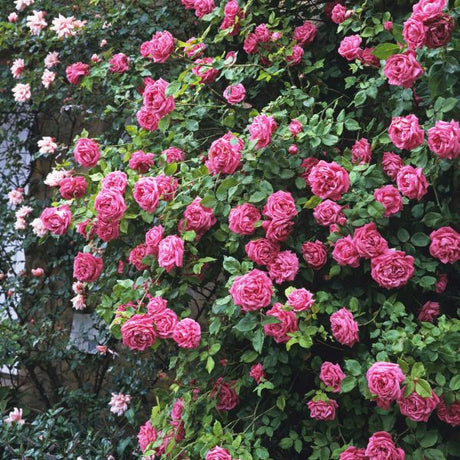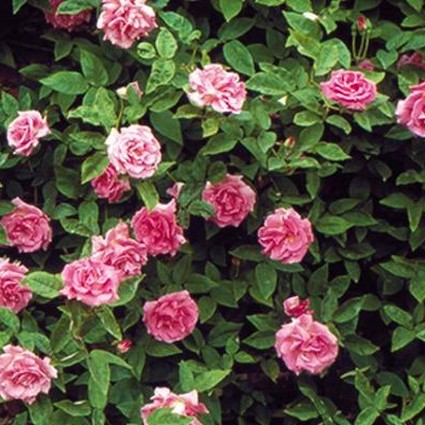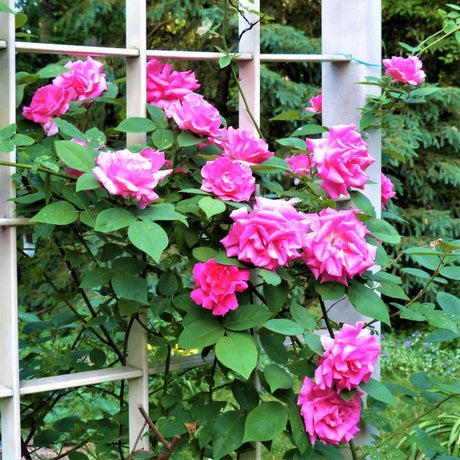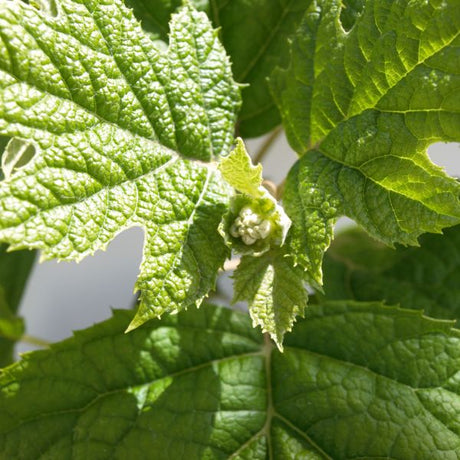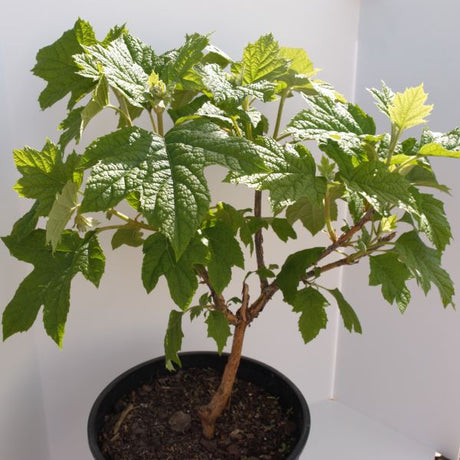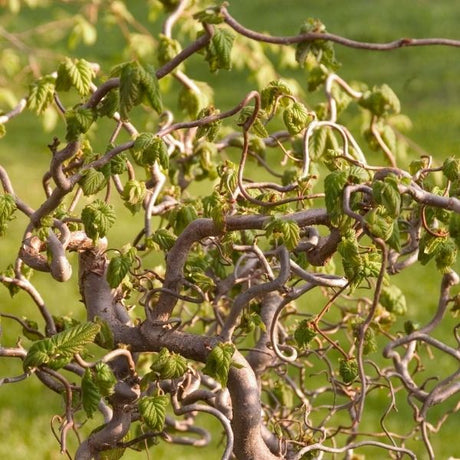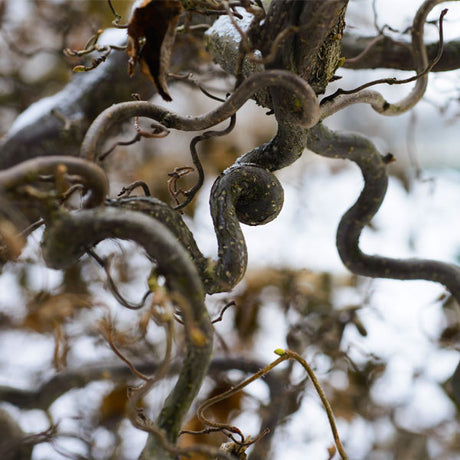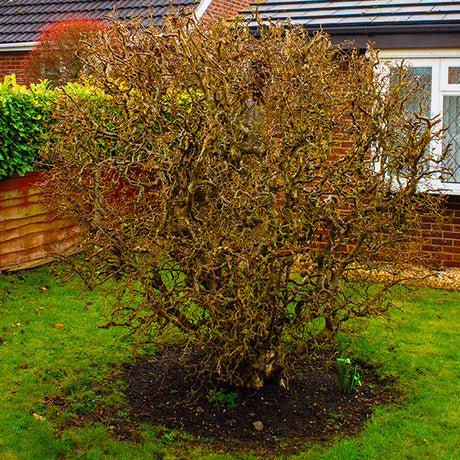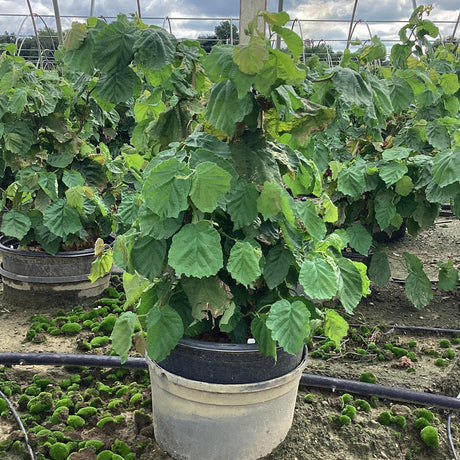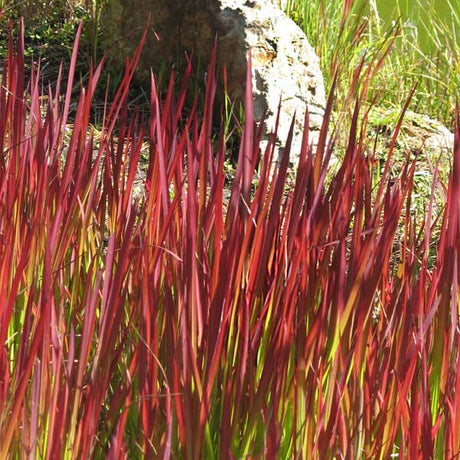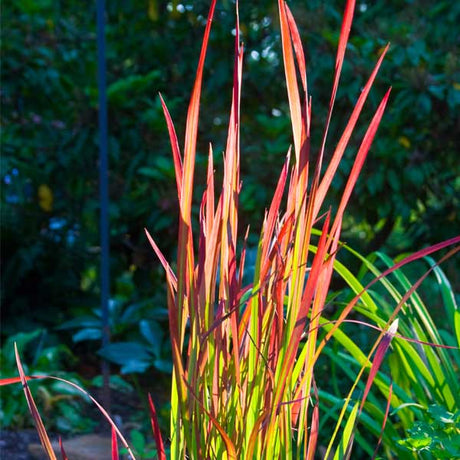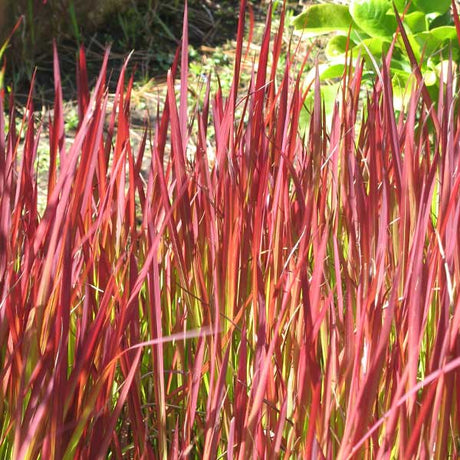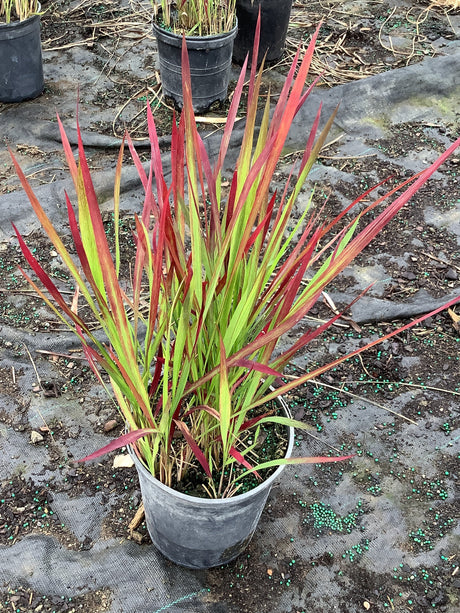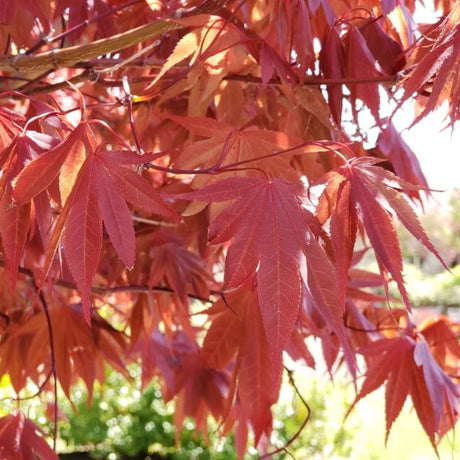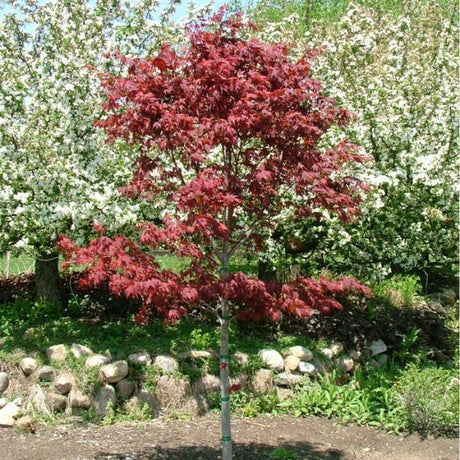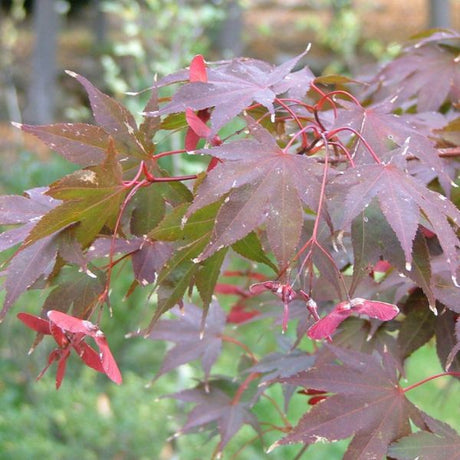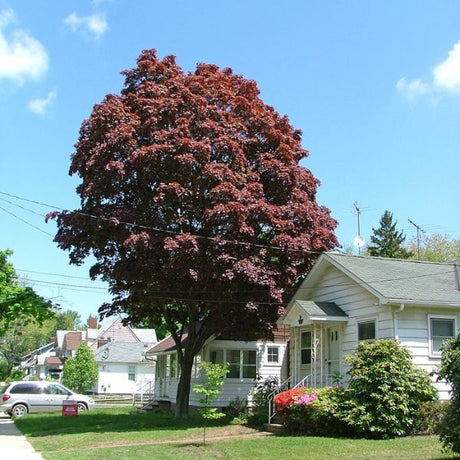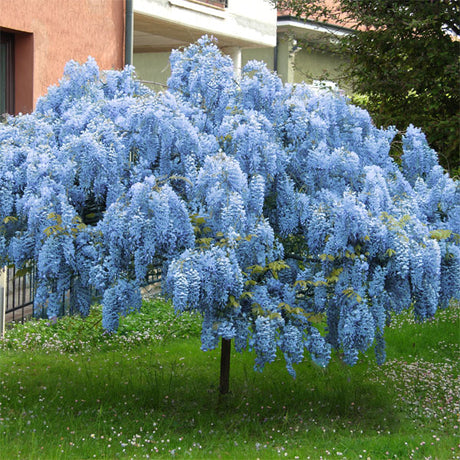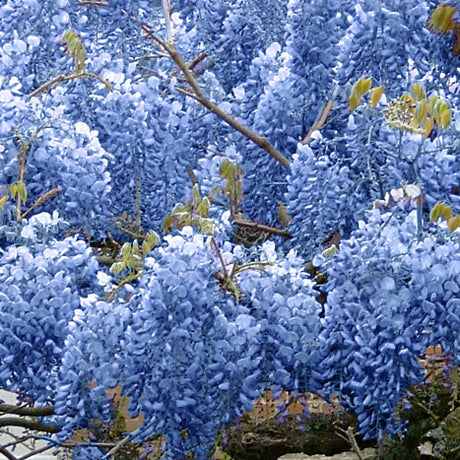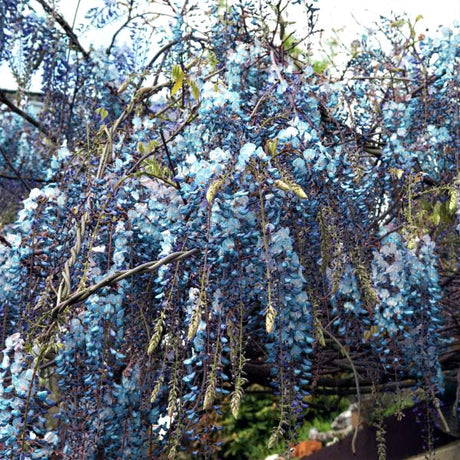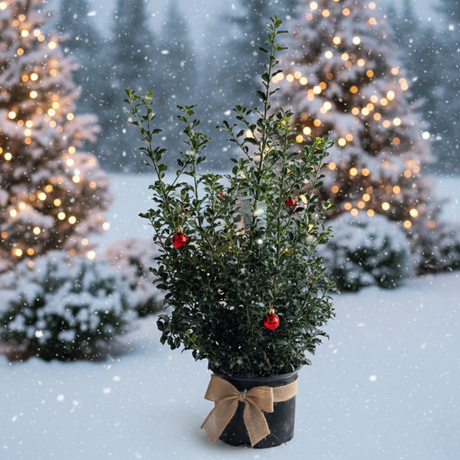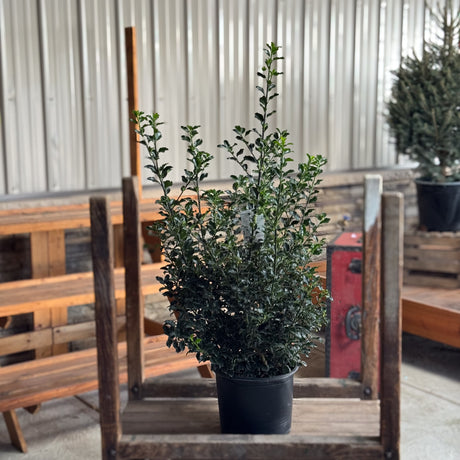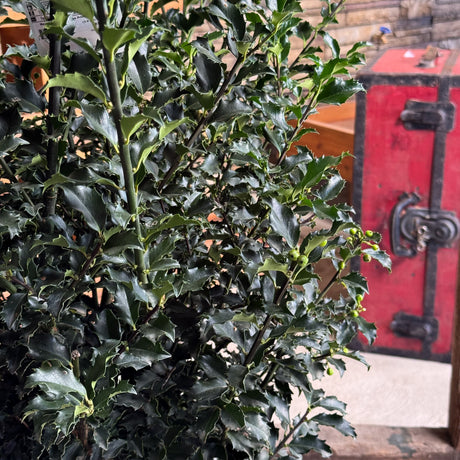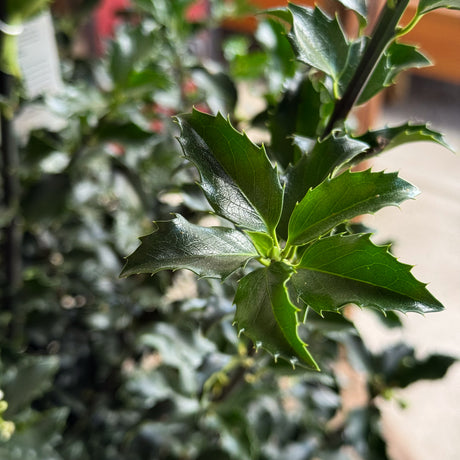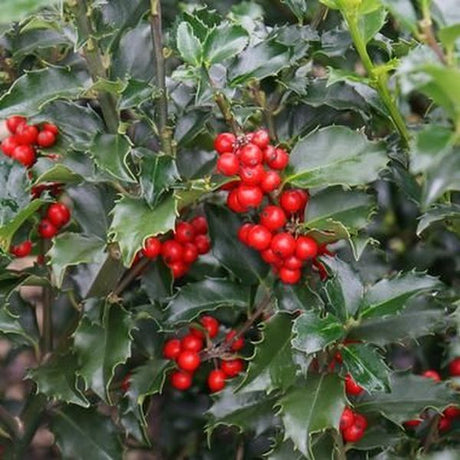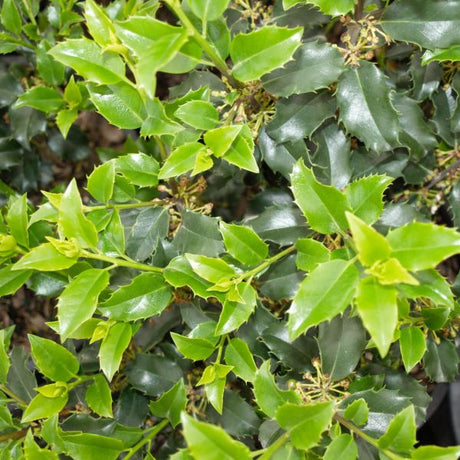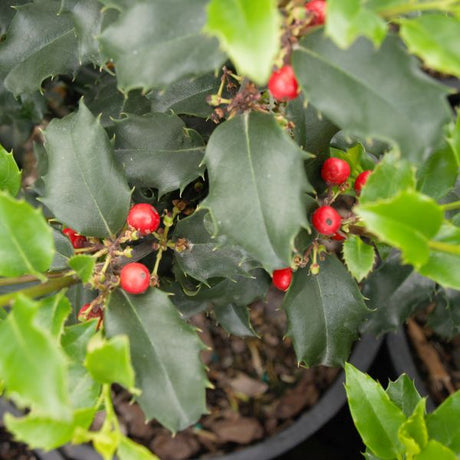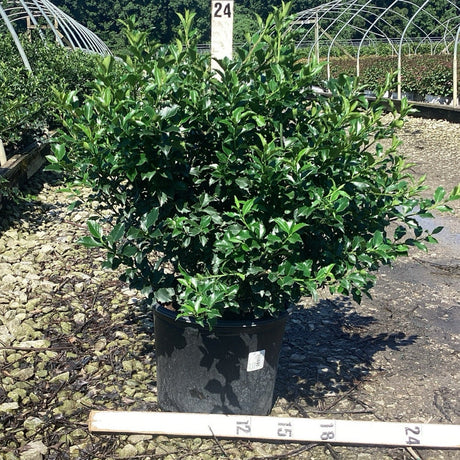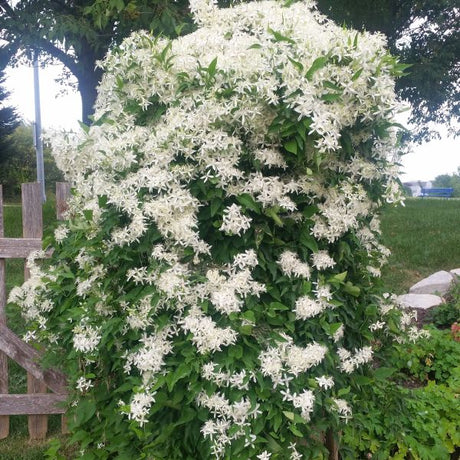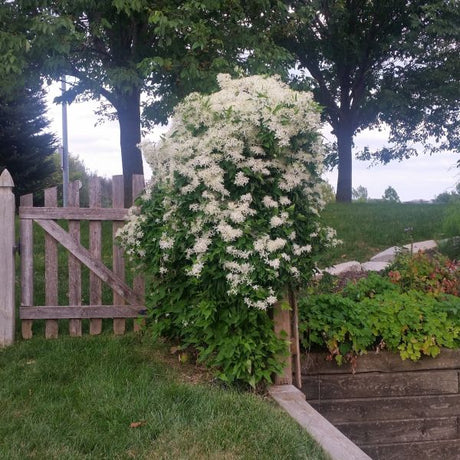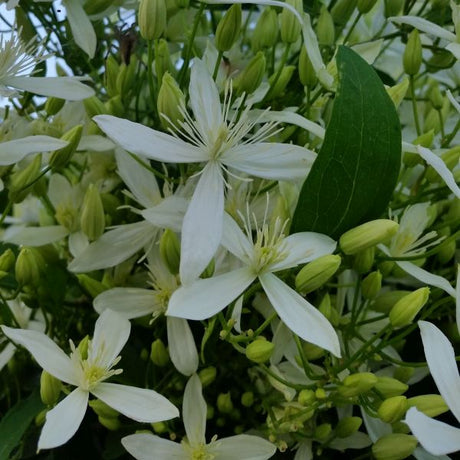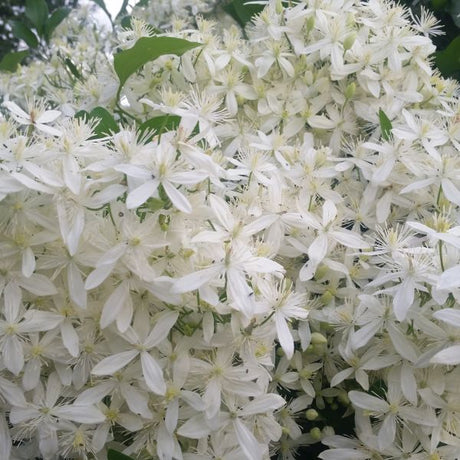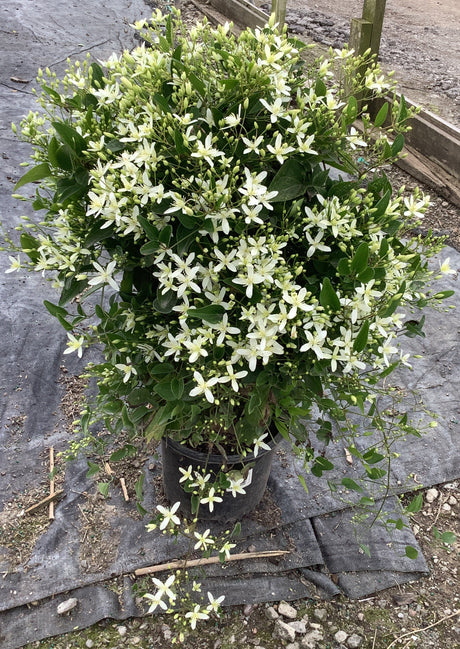Become a Lavender Expert This Season
Want to grow Lavender like a pro? You’ve come to the right place! We’re full-blown Lavender lovers here at Nature Hills Nursery, and we’ve packed this guide with everything you need to plant, grow, prune, and harvest your own Lavender plants.
Lavender (Lavandula) is one of the most popular perennial herbs for home gardens. This low-maintenance, drought-tolerant, and wonderfully fragrant plant adds year-round charm and pollinator appeal to sunny borders, patio pots, and herb gardens.
All About Lavender
Part of the Lamiaceae (Mint) family, Lavender shrubs form neat, aromatic mounds topped with stems of purple, pink, or white blooms. Their soothing fragrance makes them perfect for cottage gardens, rock gardens, or patio containers. In frost-free zones, try a flowering hedge along a walkway or driveway for nonstop color and scent!
For design inspiration, explore Lavender landscaping ideas that wow the senses - perfect for pairing Lavender with companion plants in eye-catching borders and containers.
The blooms are prized for drying, sachets, and potpourri, while Lavender’s oils are treasured in aromatherapy and skincare. Known for relaxation and healing, it’s been used for centuries to calm nerves and ease headaches.
Lavender thrives in full sun and well-drained, alkaline soil. Avoid overwatering, and prune lightly above the woody base after flowering to keep plants healthy and compact.
Top Lavender Varieties from Nature Hills
- Anouk Spanish Lavender Tree Form
- English Munstead Lavender
- Grosso Lavender
- Hidcote Lavender
- Phenomenal French Lavender
- Provence Lavender
- Sensational! Lavender
- Silver Mist English Lavender
Not sure if it’s Lavender, Russian Sage, or Salvia? Here’s how to tell them apart once and for all.
How To Grow Lavender 101
Planting Lavender
Plant Lavender in spring as the soil warms. Fall planting works too - just choose a larger, more established plant. Lavender prefers full sun and excellent drainage, so amend compacted soil with compost or sand. Space plants 2-3 feet apart for airflow and cover roots with a light mulch layer to retain moisture and prevent weeds.
Care & Maintenance
Watering: Once established, Lavender is drought-tolerant. Use the Finger Test - if the soil feels dry an inch down, water deeply.
Winter care: In cold regions, mulch roots or overwinter container Lavender indoors in bright light. Try winter watering during dry spells. Container Lavender also makes lovely houseplants.
Pruning: After blooms fade, trim back about one-third of top growth to shape and stimulate new stems. Avoid cutting into woody portions - see renewal pruning tips for details.
Harvesting Lavender
- Cut stems when about half the buds have opened
- Harvest in the morning when oils are most fragrant
- Bundle with rubber bands and hang upside down in a dry, airy place

Lavender Cuttings Propagation
Lavender is easy to multiply! Take softwood cuttings in spring or hardwood ones in fall from healthy, non-flowering stems. Strip the lower leaves, lightly scrape the stem, and insert into well-draining soil. Cover with a clear bag to create a mini-greenhouse.
Cuttings Care
Softwood cuttings root in 2-4 weeks; hardwoods take longer. When you feel gentle resistance, roots are forming. Remove the cover, set plants in full sun, and keep the soil barely moist. Repeat as often as you like - there’s no such thing as too much Lavender!
Lavender season is coming - join the purple-power party and grow your own!
Happy Planting!




